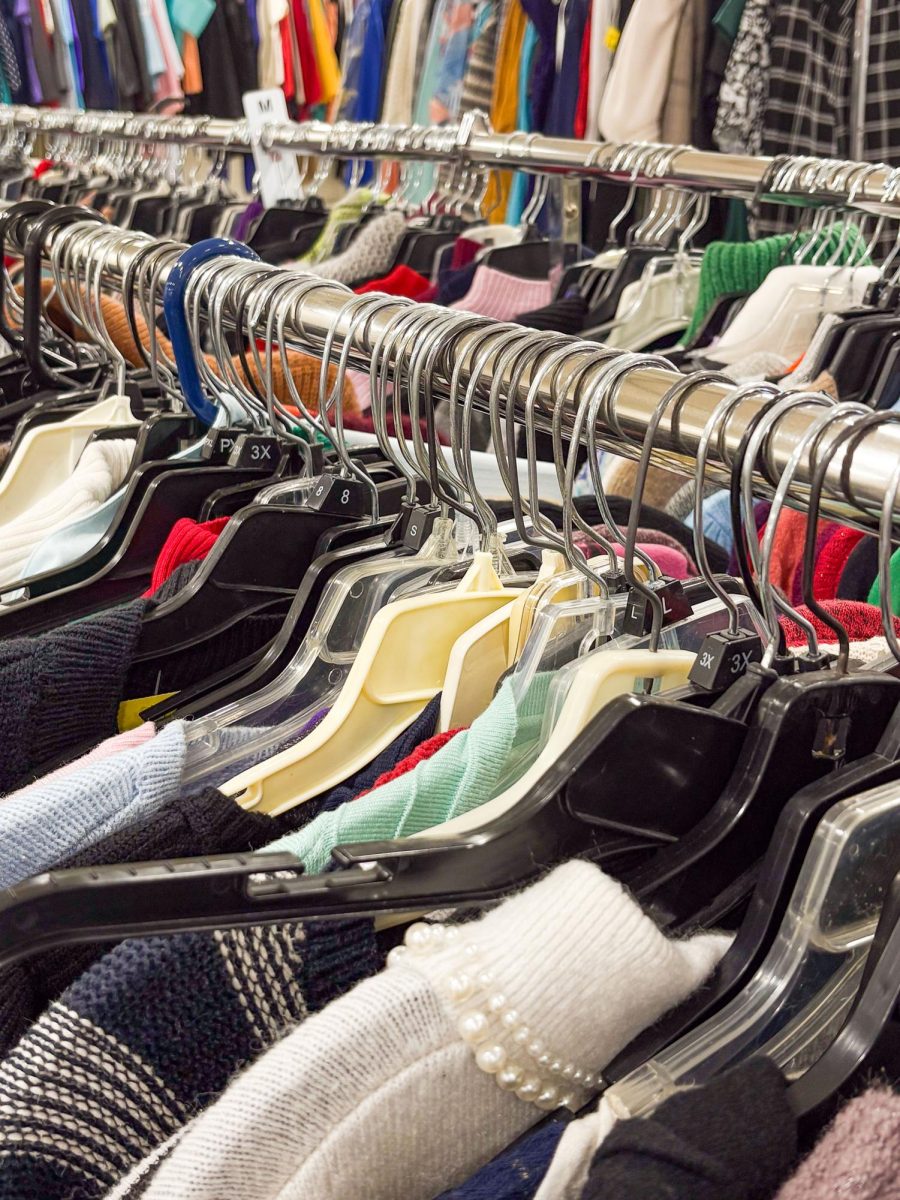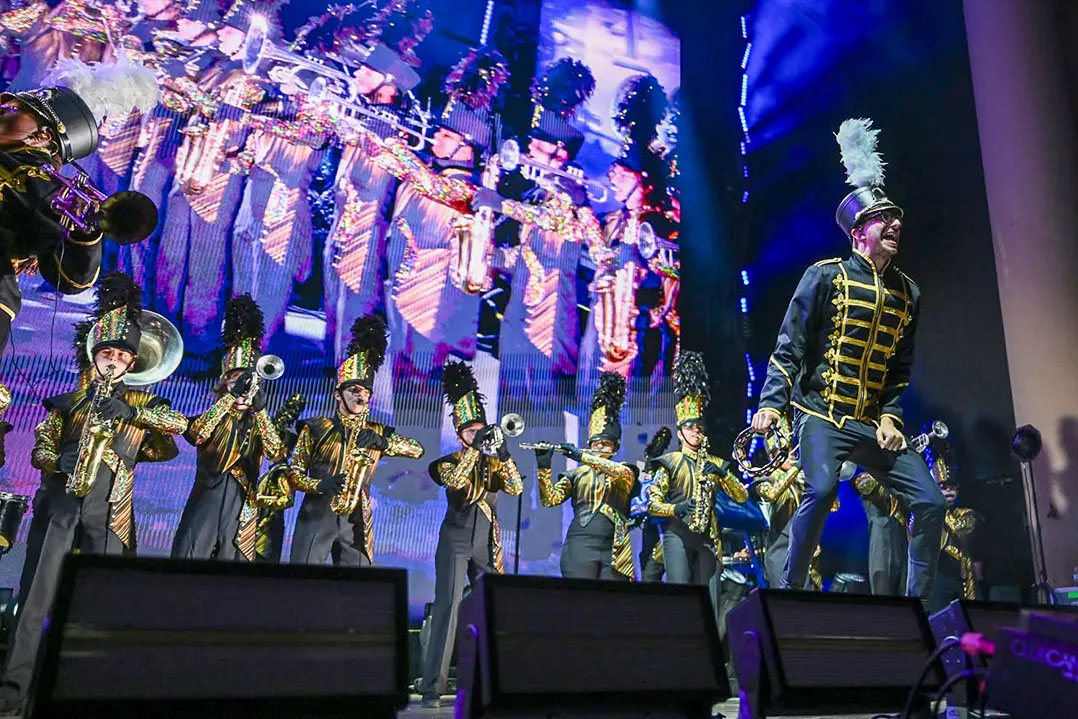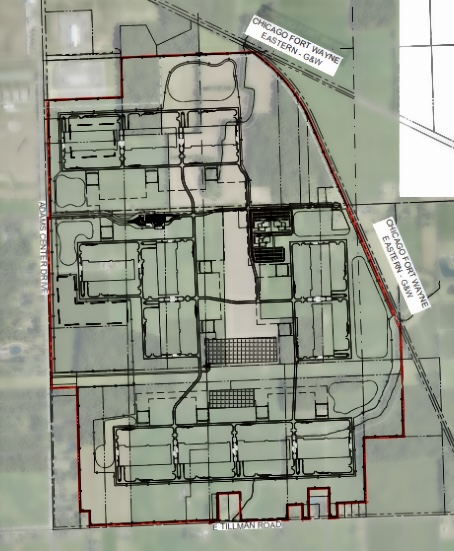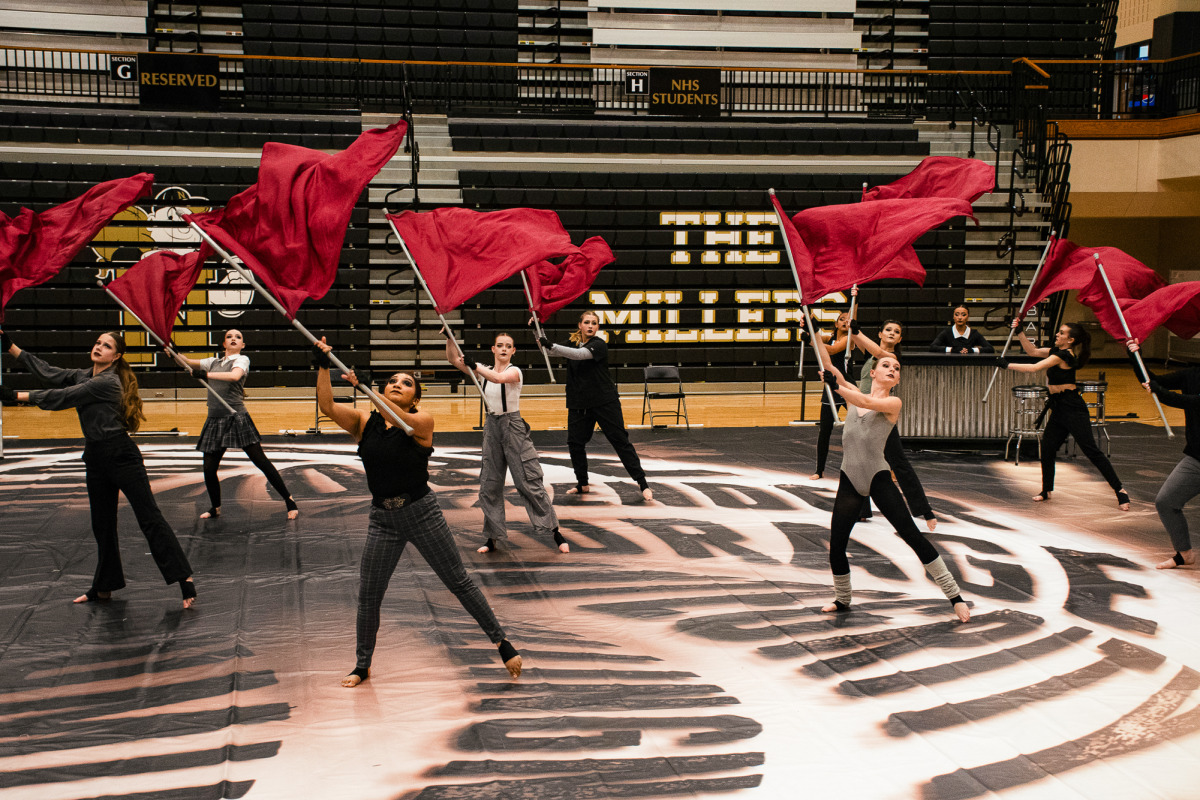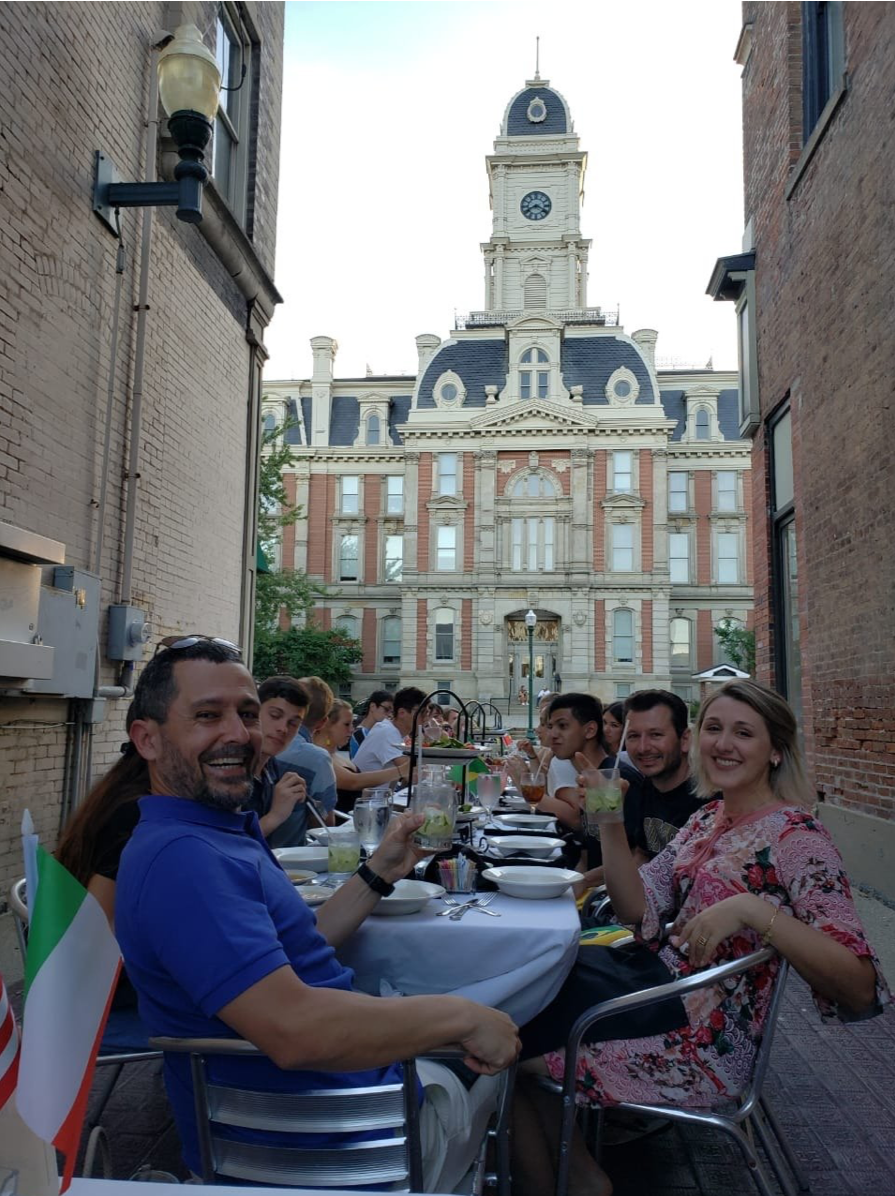We perceive each other on how we perceive ourselves-and creative minds alike take advantage of this principle. Self expression can manifest itself in a variety of ways, allowing individuals to showcase their personality through outfits, jewelry, accessories, shoes, and more. The simple act of wearing clothes is an enjoyable activity for many, however the materials required to do so may not be easily accessible. The unique pieces many people long for aren’t commonly found in modern day retail stores, but are found in thrift stores.
The concept of thrifting is known for being an affordable route for purchasing clothes, so when there is an increasing price hike, it slowly diminishes its ever-so prominent purpose. Many individuals who shop at thrift or consignment rely on it to compensate for their low income, such that would enable them to delegate expenses into other financially-demanding activities.
Reasons for why these clothing prices are increasing are varied, and involve a relationship to current events. Tariffs from the Trump administration are projected to significantly inflate prices, considering the taxation on imports from China, Vietnam, and Bangladesh are responsible for apparel costs. According to News Nation Now, the estimated cost increase on general material imports is expected to be 65%, with leather goods increasing by 87% as of 2025. This also targets second hand markets, which are projected to hit $60 billion- however this increase in prices has existed even before current tariffs, which suggests that this is only contributing to the problem, and not the entire cause.
Social media trends have had a direct impact on the increase in consumer demand. Oftentimes, the vintage and aesthetic clothing or jewelry aren’t typically found in modern day retail stores which results in advocacy online for thrift stores— the goal being to find unique clothing that satisfies the public eye. Aesthetics of these unique types of clothing range from Y2K fashion, to vintage, dark academia, and many more that appeals to Generation Z in particular. Current day teenagers have a feel for what clothing appeals to other teens, resulting in the emergence of online platforms dedicated towards monetizing thrifting as a way of making pocket cash. Resellers list the items they’ve gotten from a multitude of thrift stores, and compile them into listings on platforms such as Depop, Thredup, Poshmark, and Vinted.
With the emergence of reselling comes a shift in donation trends— many teenagers sell their used clothes on online platforms, which can result in a decrease of donations to thrift stores. When individuals are left with the option of reselling or donating, the choice to sell something becomes more appealing considering the profit it brings.
To better understand all the reasons why retail, and especially thrift stores, are hiking in prices this year, the final possible contribution involved the rising operational costs that come with the system of thrift stores pushing out products.
USA Today recently noted how millennials are turning towards thrifting as a way of coping with tariff and inflation rates. The paper mentioned how mothers are purchasing baby essentials, college students are buying the cheapest goods they can, and many more individuals have their own reasons for shifting their purchases towards inexpensive products found in second-hand stores. The price increase in thrift stores impacts more than just Gen-Z, it also impacts all people struggling in a new economic landscape that inevitably alters their lifestyles. Thrift stores are seemingly the only way of escaping the high prices of traditional stores, one that is increasing substantially. So having prices of goods within second hand stores increase only limits individuals further.



